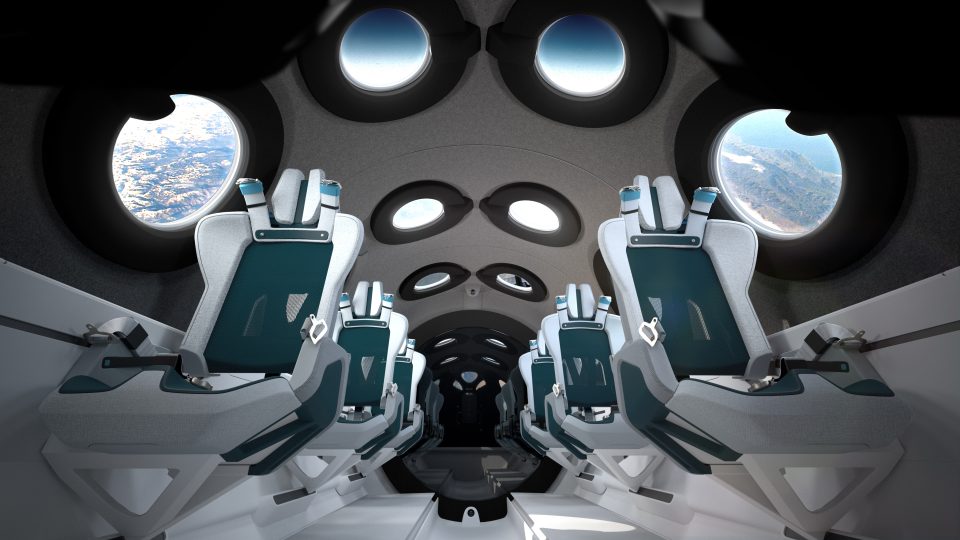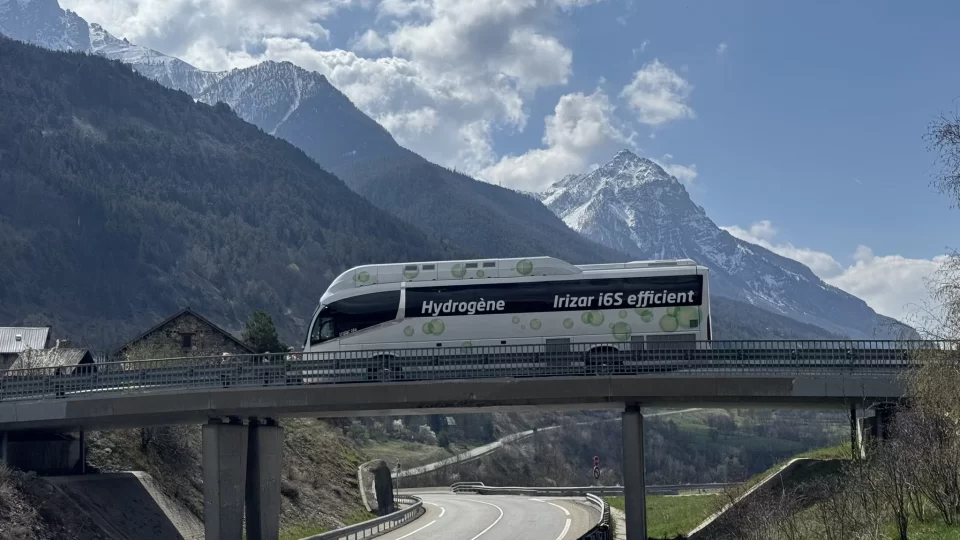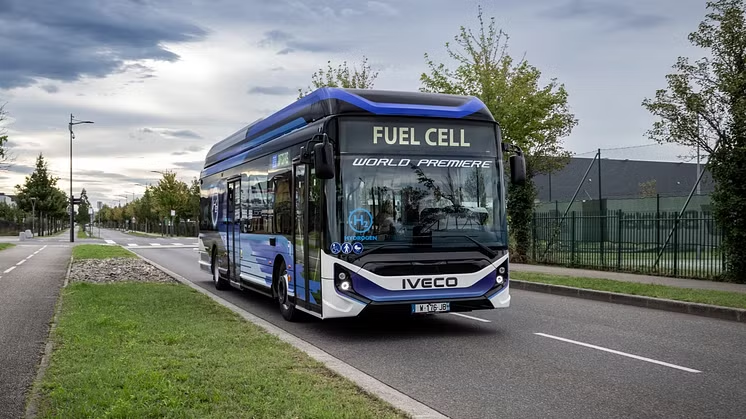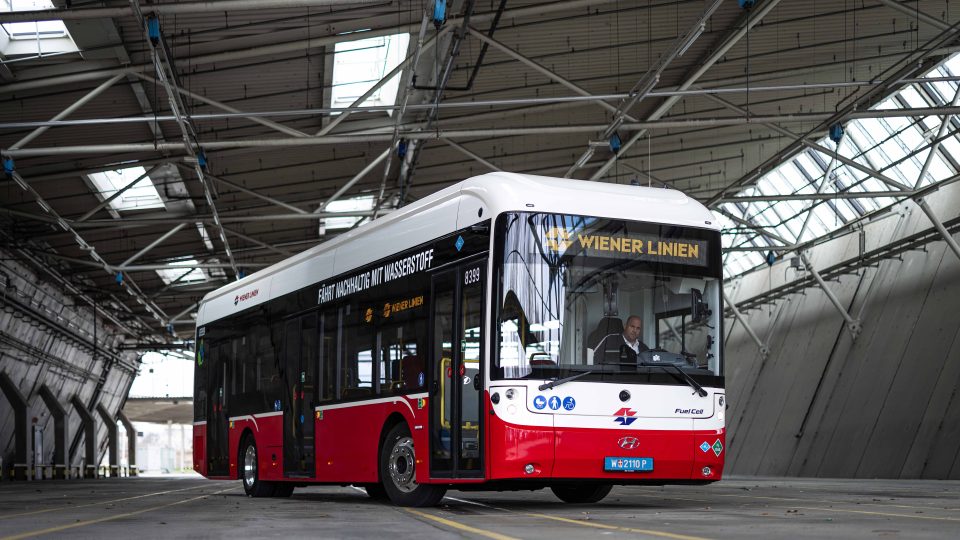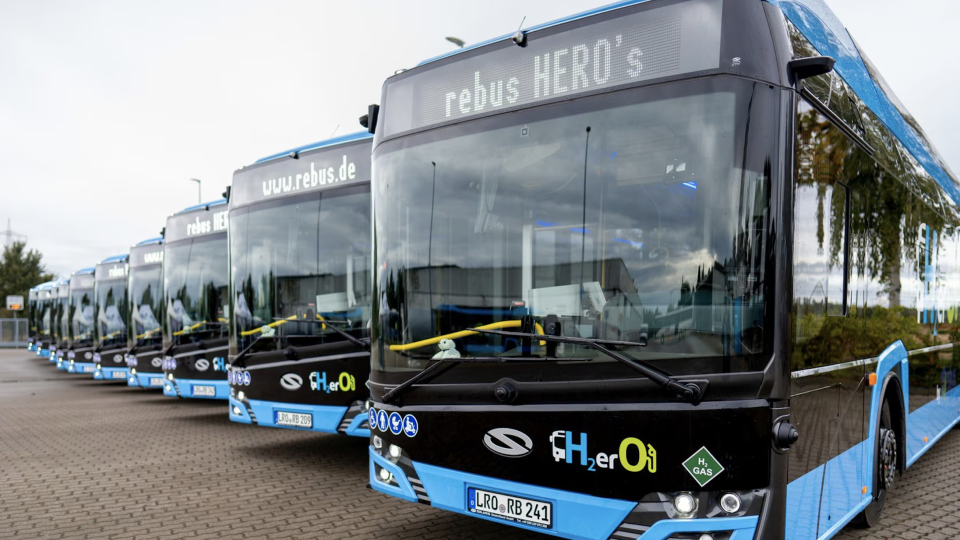First hydrogen buses in Slovakia to be delivered by Solaris in July 2023
As, based on local press coverage, we have anticipated a few days ago, the Slovakian carrier Dopravný podnik Bratislava (DPB) has opted for four hydrogen buses to be manufactured and delivered by Solaris. This is the first order placed under a framework agreement. In the long run, up to 40 Solaris Urbino 12 hydrogen vehicles may make their way to the Slovakian capital. solaris One of the […]
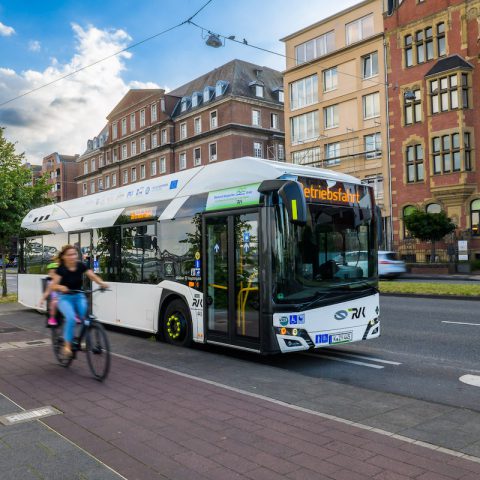
As, based on local press coverage, we have anticipated a few days ago, the Slovakian carrier Dopravný podnik Bratislava (DPB) has opted for four hydrogen buses to be manufactured and delivered by Solaris. This is the first order placed under a framework agreement. In the long run, up to 40 Solaris Urbino 12 hydrogen vehicles may make their way to the Slovakian capital.
solaris One of the latest contract for the Solaris Urbino 12 hydrogen was signed in Upper Bavaria, with 10 vehicles scheduled for delivery by March next year, while the first fuel cell bus fleet with Solaris’ brand was launched in Bolzano, Italy, in May 2021 (the delivery of the 12 vehicles followed the very first order ever secured by Solaris for its fuel cell bus, signed in June 2019 just a few days after the world premiere at UITP Summit in Stockholm). Largest order so far? 20 models commissioned in the Netherlands by Connexxion, which also belongs to Transdev group.
Solaris hydrogen bus in Slovakia
This week, the public transport operator in Bratislava has signed a contract to purchase four Solaris Urbino 12 hydrogen buses. They will be the first ever hydrogen buses not only in Bratislava, but also in Slovakia. According to a framework agreement concluded by DPB with the bus maker, the Slovakian carrier may eventually order up to 40 hydrogen buses. The first four Urbino 12 hydrogen vehicles will be delivered in July next year.
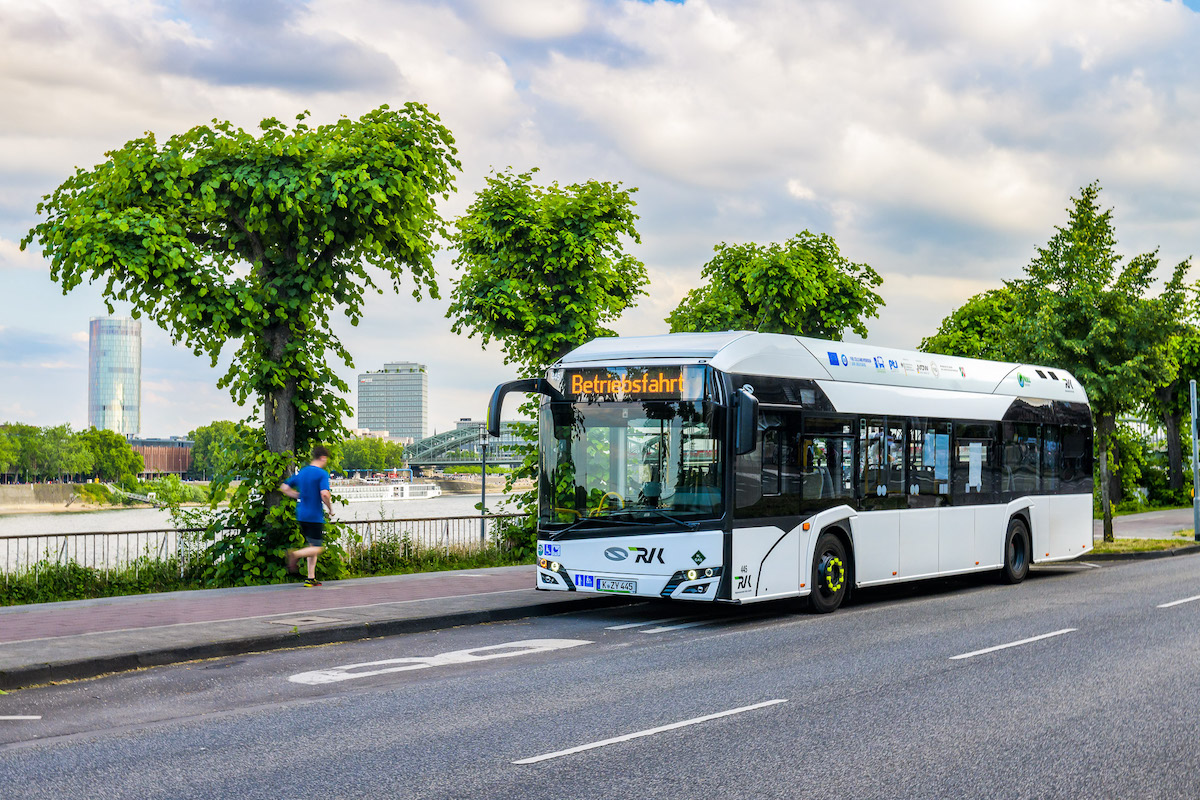
Solaris fuel cell bus is fuelled with power generated by a 70 kW fuel cell. Five hydrogen tanks mounted on the roof, and located longitudinally above the vehicle first axle, ensure a capacity of 312 liters each, i.e. 1,560 liters totally, equal to approximately 37 kg.
Refueling follows a rate of 6 kg per minute: the time necessary to fill up the tank is just over six minutes. Which, of course, also depends on the technological level of the refueling system. The refill nozzle is located on the right side, close to the front door. The bus has a range of around 350 kilometres, manufacturer says.
Solaris fuel cell bus in Bratislava
The hydrogen Urbino has a structure substantially similar to that of the battery-electric version. A crucial difference: the hydrogen tanks on the roof and the already-mentioned fuel cell module. Drive system? The electric axle with two 125 kW motors, in the case of the hydrogen vehicle, is the only choice.
The size of the storage modules also distinguishes the hydrogen-powered Urbino from the battery-powered one. Around 30 kWh batteries are mounted on the fuel cell Urbino in the name of the Solaris High Power battery kind, the one designed for in-line recharging by virtue of its accentuated maximum charging power.
“Our partnership with Bratislava started back in 2006. Over the years, we have delivered 50 vehicles with diesel and CNG drives to that city. Currently, we are accompanying DPB in the deployment of hydrogen technology, which is one of the most crucial when it comes to planning modern and clean urban public transport. Thus, Bratislava is setting a great example for other European towns and cities”, said Javier Calleja, CEO of Solaris Bus & Coach.

